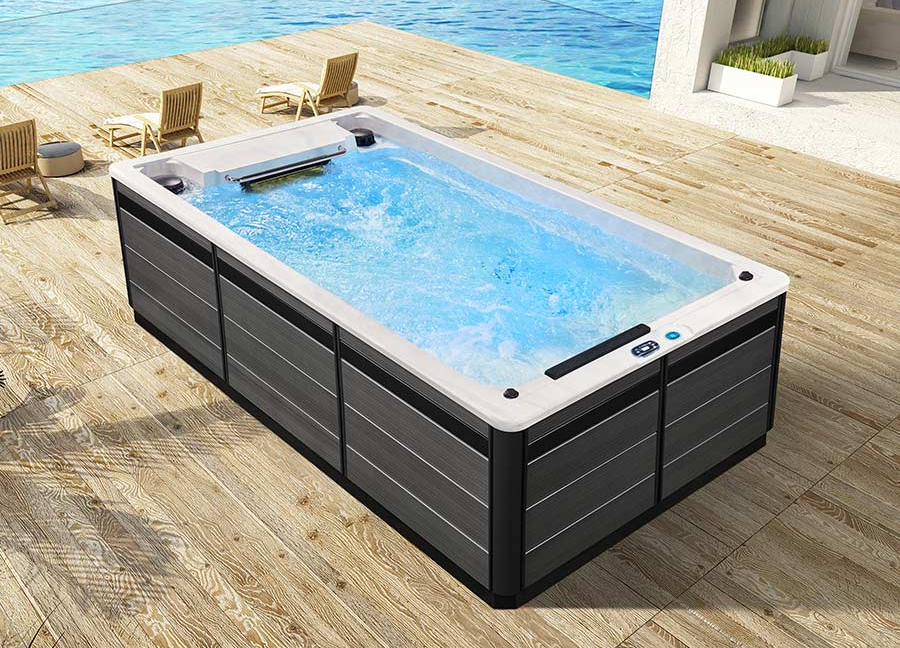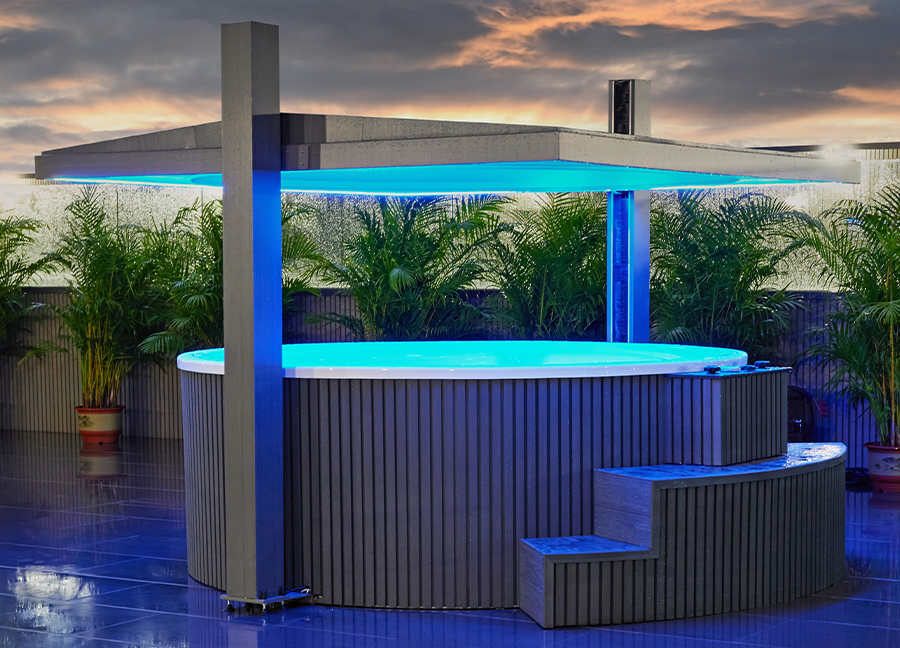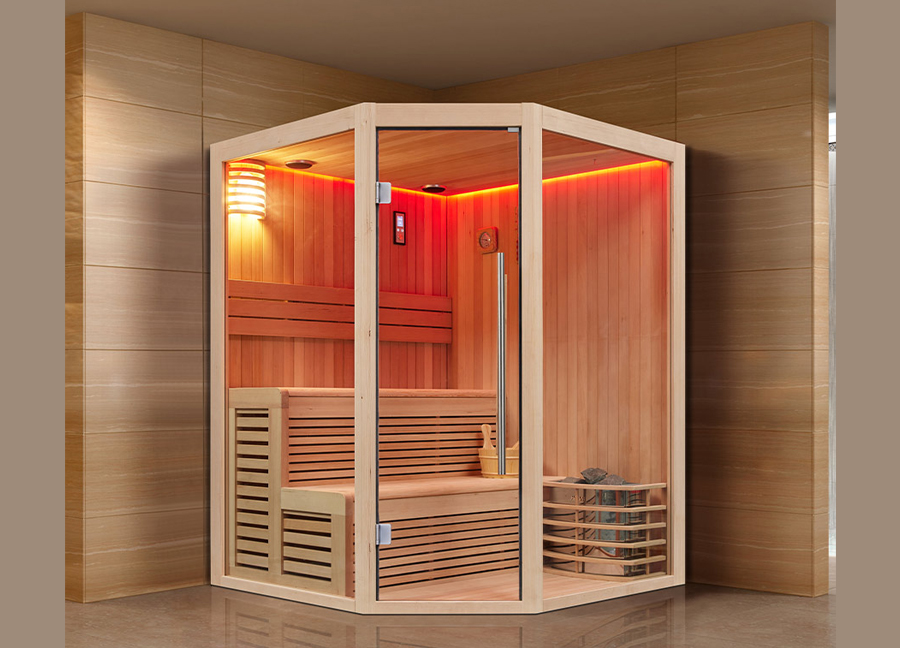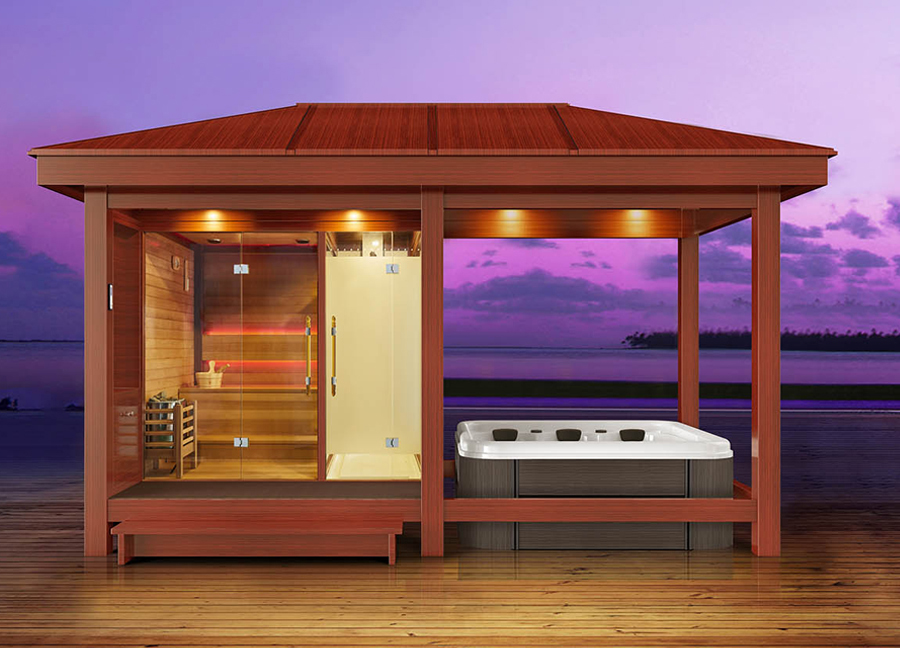Steam sauna bathrooms, a key feature of both home wellness spaces and public wellness centers, have become increasingly common in recent years. They use steam to provide users with a high-humidity environment, promoting perspiration, promoting blood circulation, and relieving stress.
With increasing frequency of use, a often-overlooked yet crucial question has surfaced: Do steam sauna bathrooms breed bacteria? Do they require regular disinfection?
Many users mistakenly believe that the high temperature and humidity of a steam environment inherently have a "bactericidal" effect, thus neglecting cleaning and disinfection. However, this belief is scientifically inaccurate.
This article will rigorously explore the following aspects:
·The environmental characteristics of steam sauna bathrooms;
·The survival conditions of bacteria and microorganisms in such environments;
·Whether steam can naturally kill bacteria;
·Structures and areas within the sauna room that are prone to contamination;
·The need for regular disinfection;
·Disinfection methods and professional recommendations.
This comprehensive and professional analysis will help users correctly understand the cleaning and protection mechanisms of steam sauna bathrooms, maintaining a truly hygienic and safe high-humidity environment.
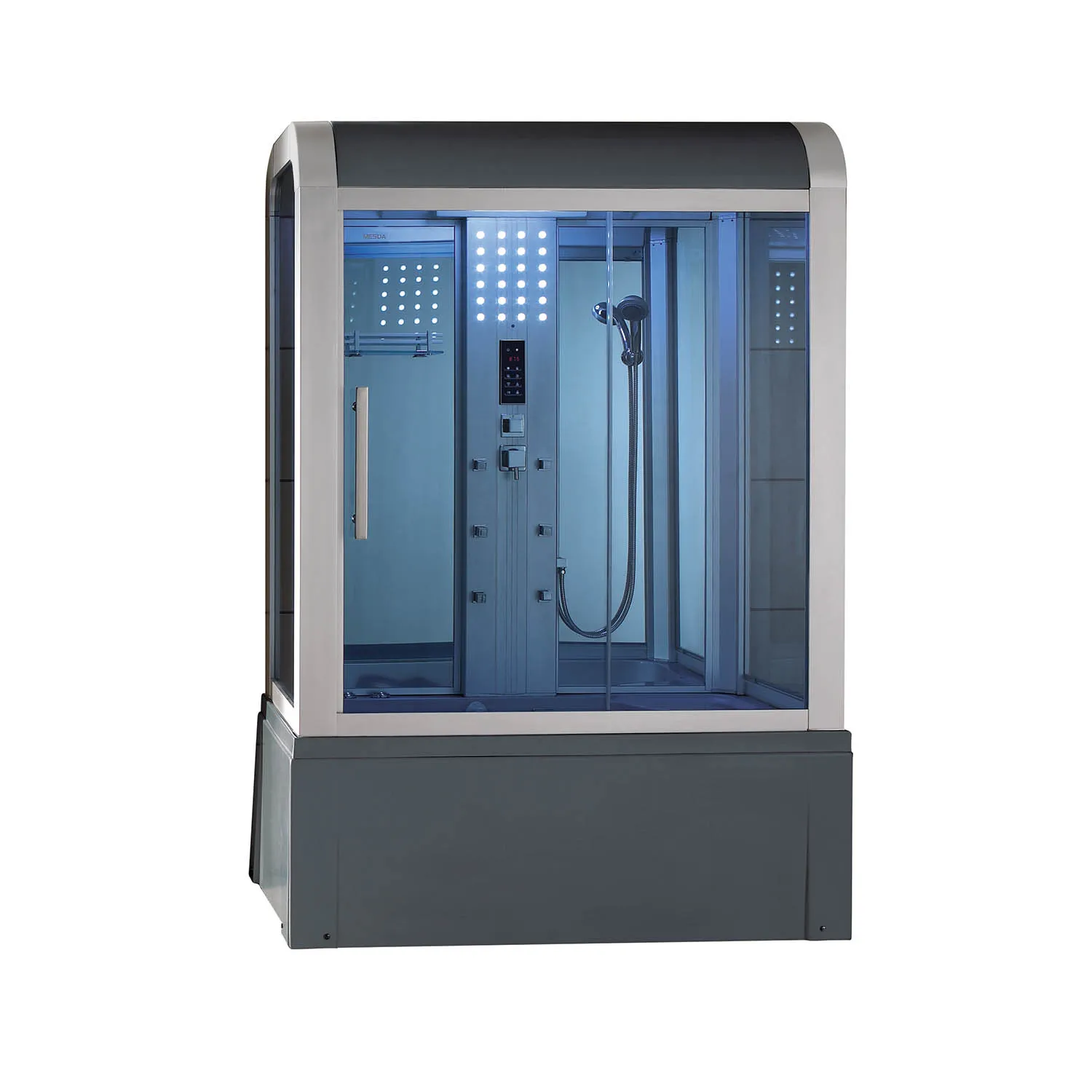
Steam sauna bathrooms: What are the environmental characteristics?
Before analyzing the problem of bacterial growth, it's important to first understand the basic physical parameters of a steam sauna bathroom:
Parameters | Range |
| Temperature | Typically 40°C to 55°C (locally up to 60°C) |
| Humidity | Relative humidity 90%-100% |
| Airflow | Poor (confined spaces) |
| Residual Moisture | Excessive condensation on floors, walls, seats, and water pipes |
| Material | Wood, acrylic, stainless steel, glass, silicone seals, etc. |
This environment, characterized by high temperature, high humidity, airtight enclosure, and organic residue, creates an ideal breeding ground for certain bacteria, fungi, mold, and biofilms.
Does a steam sauna bathroom breed bacteria?
1. Does high temperature automatically sterilize?
Many people believe, "Steam sauna bathrooms are so hot, so there shouldn't be any bacteria." This is a misunderstanding of how heat sterilizes.
While some bacteria die in temperatures above 60°C, most pathogens, fungal spores, and heat-resistant bacteria can survive for extended periods within the 40-50°C range. Furthermore:
· Although steam temperature is high, the actual temperature of the surface it contacts may not reach sterilization levels;
· Residual water after steam condensation provides a breeding ground for bacteria;
· Steam cannot penetrate dirt and biofilms, allowing bacteria to harbor and survive.
Therefore, the steam sauna bathroom environment, far from ensuring sterilization, can easily become a breeding ground for microbial growth.
2. Types of Bacteria That May Grow in a Steam Sauna Bathroom
In an undisinfected or improperly cleaned steam sauna bathroom, the following microbial communities may be present:
Microbial Types | Typical species | Harmful Effects |
| Bacteria | Escherichia coli, Staphylococcus aureus, Pseudomonas aeruginosa | Causes skin infections, urethritis, and lung infections |
| Fungi | Candida, Aspergillus, Trichophyton | Causes athlete's foot, jock itch, itchy skin, and a musty odor |
| Biofilm Microorganisms | Mixed bacterial colonies | Forms a sticky substance that is highly resistant to antibiotics and difficult to remove |
Especially in public or frequently used sauna rooms, the risk of contamination is significantly increased if regular cleaning is not performed.
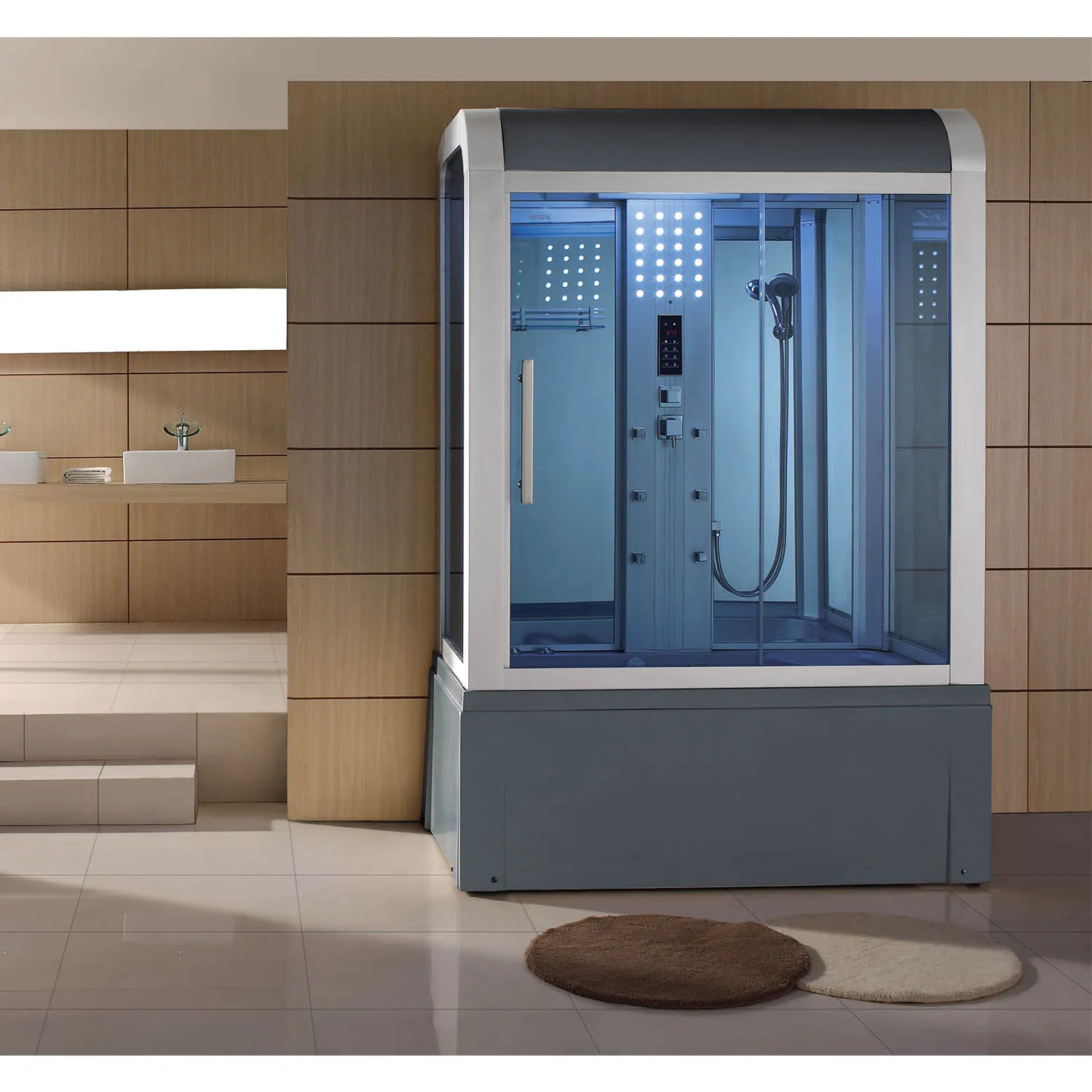
Steam Sauna Bathroom: High-Risk Areas for Contamination
Not all areas are equally susceptible to bacterial growth. The following areas are key sources of contamination:
Locations | Causes of contamination |
| Floor and drains | Prolonged water accumulation, accumulation of dust and dandruff, and poor drainage |
| Stools and backrests | Direct contact with user skin, resulting in sweat and dead skin cells |
| Walls and cracks | Steam condensation creates long-term damp spaces, preventing air circulation |
| Near steam outlets | Steam mixes with fine dust, clinging to the system and forming sticky dirt |
| Door handles and control buttons | Frequent hand contact, introducing foreign bacteria into the system |
| Steam pipes and inside steam generators | Prolonged humidity and heat, heating residual water, and forming biofilm |
These areas can become breeding grounds for bacteria and fungi if not properly cleaned or maintained.
Do steam sauna bathrooms require regular disinfection?
1. Answer: Yes, they must be disinfected regularly
Steam sauna bathrooms require a periodic cleaning and disinfection schedule for the following professional reasons:
· Humid and hot conditions inherently promote the growth of microorganisms and are not naturally sterilizing environments;
· Frequent use introduces a large number of exogenous microorganisms (from skin, hair, and sweat);
· Steam condensation trapped in the air and on surfaces is difficult to dry naturally;
· Some microorganisms can form biofilms, requiring chemical removal;
· Substandard hygiene can directly impact users' skin health and respiratory systems.
2. Recommended Disinfection Frequency
Usage Scenarios | Recommended Cleaning Frequency | Recommended disinfection frequency |
| Home use, 1-3 times per week | Full scrub once a week | Deep disinfection once a month |
| Home use, daily | Clean every two days | Deep disinfection every two weeks |
| Commercial/high-frequency use | Clean twice a day | Chemical disinfection 2-3 times a week |
| Intermittent use | Clean before and after each use | Disinfect after each use |
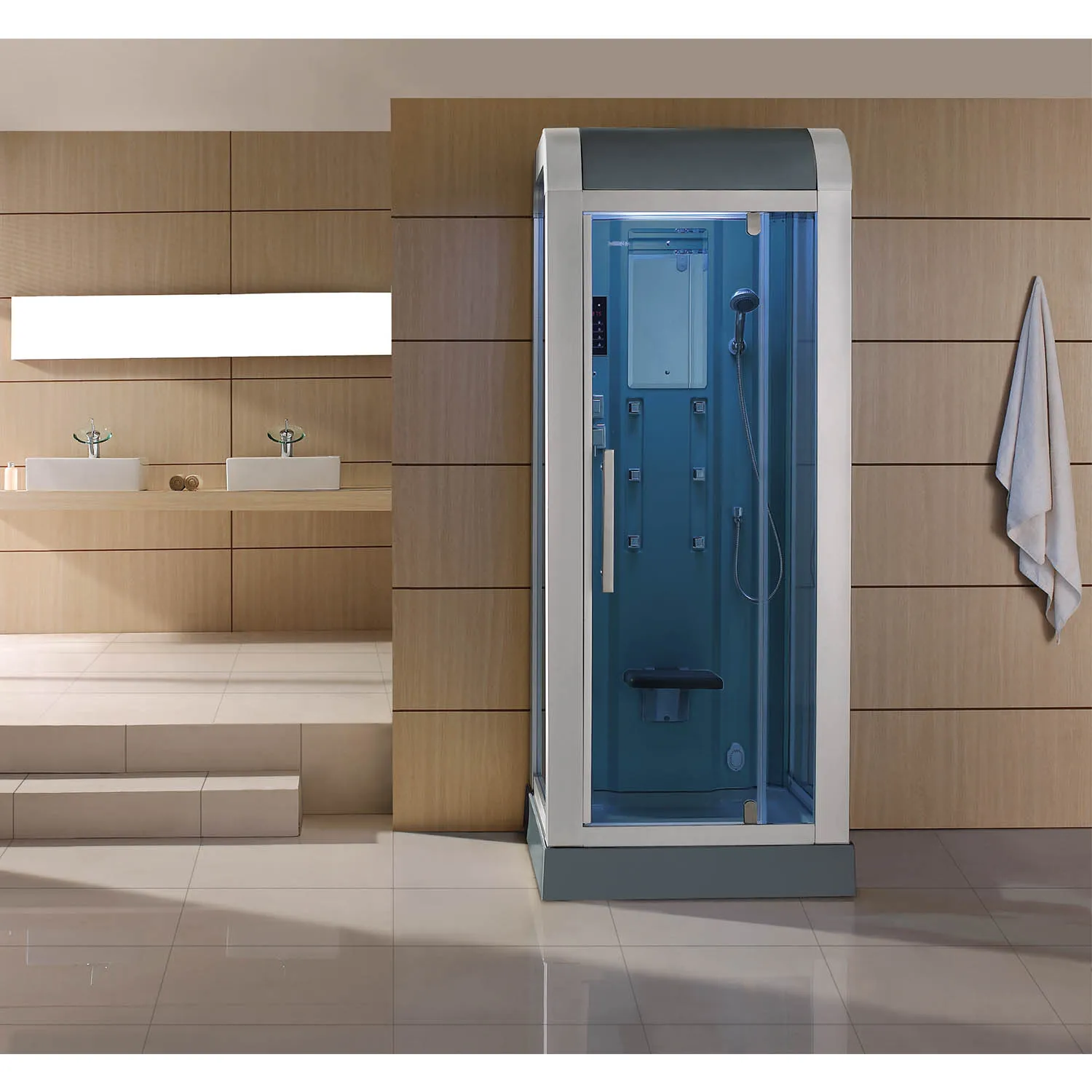
What are effective disinfection methods for steam sauna bathrooms?
Effective disinfection procedures should balance safety, material compatibility, and microbial coverage. The following methods are recommended:
1. Surface Disinfection
· Use a neutral or slightly alkaline multi-purpose surface disinfectant;
· Use a microfiber cloth to wipe walls, seats, door handles, and control panels;
· Avoid using chlorine bleach to prevent corrosion on metal and wood;
· For crevices and corners, spray disinfectant and allow to air dry.
2. Cleaning the Floor and Drain Area
· Use a soft-bristled brush to scrub crevices and cracks to remove dirt and dander.
· Regularly fill drains with a professional drain disinfectant.
· Use a rinseable, low-foaming floor cleaner on the floor.
· Finally, rinse with hot water and keep the area aired and dry.
3. Steam Pipes and Generator Interior
· Use the manufacturer's recommended descaling solution or disinfectant.
· Perform monthly pipe circulation cleaning.
· Ensure that residual water is drained to prevent prolonged accumulation of water, which may lead to bacterial growth.
· Do not use strong acidic or alkaline cleaners or homemade remedies to avoid damaging the equipment.
4. Air Disinfection (Auxiliary Method)
· Use a low-temperature ultraviolet light to sterilize the air.
· Use an odorless medical atomizer disinfectant for spraying.
· Remove personnel from the area and ensure adequate ventilation.
Steam Sauna Bathroom: Daily Management to Prevent Bacterial Growth
In addition to regular disinfection, steam sauna bathrooms should also prioritize daily precautions and standardized management:
Protective Measures | Operating Instructions |
Maintain good ventilation | Open the door and ventilate for 30 minutes after use to remove moisture |
| Shower before use | Reduce contamination of the device by sweat and dander |
| Use a towel or cushion | Prevent direct skin contact with wet surfaces to reduce cross-contamination |
| Replace filters and seals regularly | Aging materials are prone to mold growth |
| Control humidity retention time | Turn on a dehumidification fan or use natural ventilation after each use |
| Do not allow food or drinks into the container | Prevent sugars and organic matter from breeding bacteria |
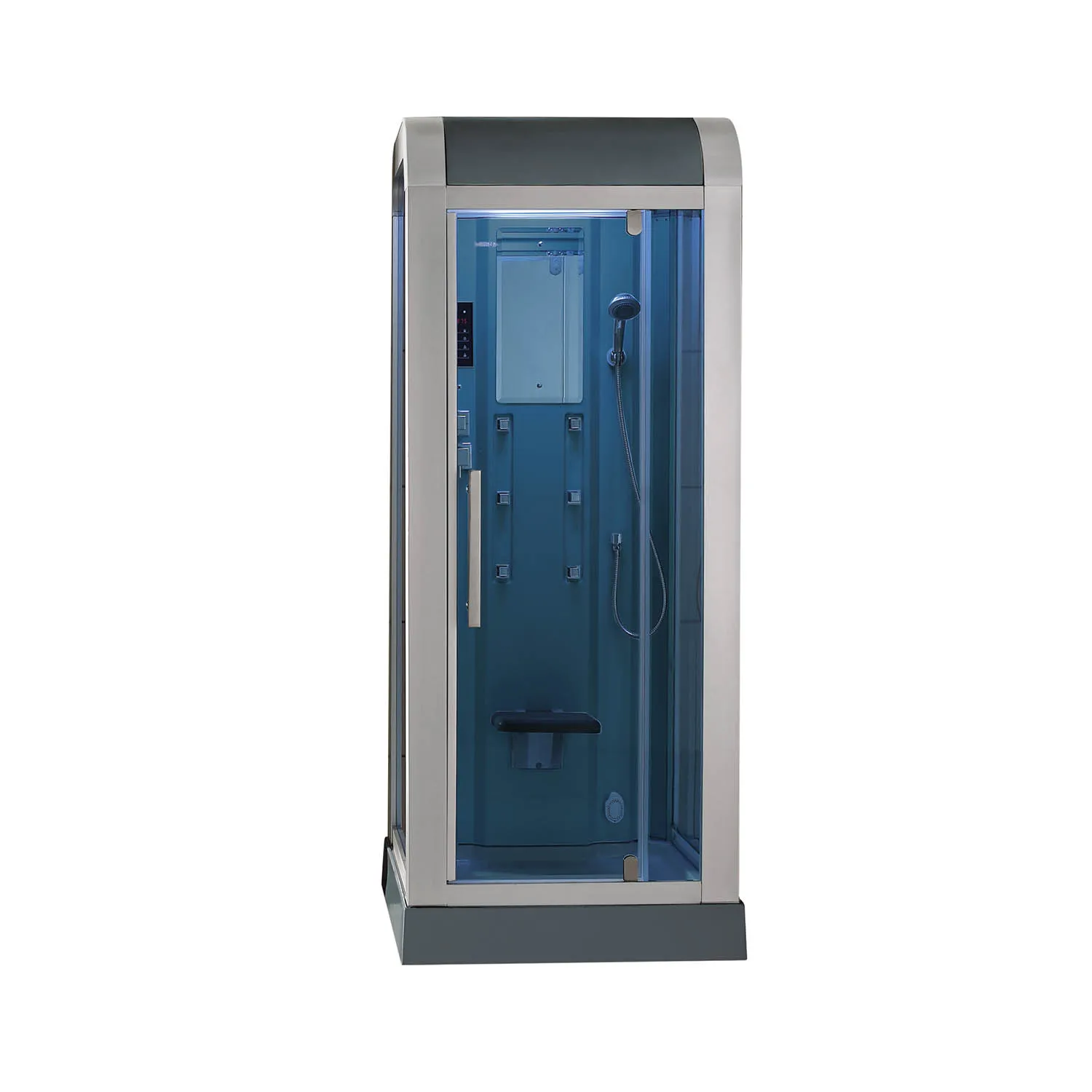
Can bacteria grow in steam sauna bathrooms?
Steam sauna bathrooms can indeed harbor bacteria, fungi, and other microorganisms. Reasons include:
1. A hot, humid, enclosed environment;
2. Residues from user skin metabolism;
3. Condensation of residual water and biofilm accumulation from steam;
4. Improper cleaning after prolonged use.
Therefore, steam sauna bathrooms must be disinfected regularly. The frequency and method depend on the usage scenario:
1. For home use, disinfection is recommended once a month; for commercial use, disinfection should be performed several times a week;
2. Use environmentally friendly, non-corrosive disinfectants, ensuring full coverage;
3. Ensure drainage and ventilation to eliminate conditions conducive to bacterial growth.
Only through standardized cleaning and disinfection procedures can steam sauna bathrooms truly fulfill their health and wellness functions, rather than becoming a potential breeding ground for microorganisms.
Can Yuehua provide customized sauna rooms or gazebos for my business?
Yes. Yuehua has over 20 experienced woodcraft specialists who focus on creating customized sauna cabins, gazebos, and spa enclosures. As a professional factory and company in China, we understand that customers may require special sizes, materials, or unique designs.
We can supply wholesale orders at low prices while keeping the high quality standard. Many overseas partners already cooperate with us on OEM projects, which means you can safely purchase directly from the manufacturer.

